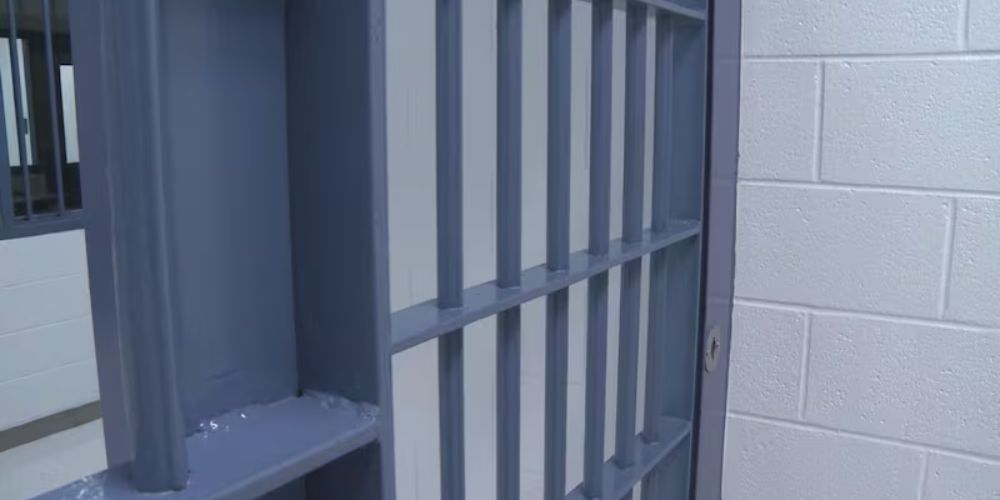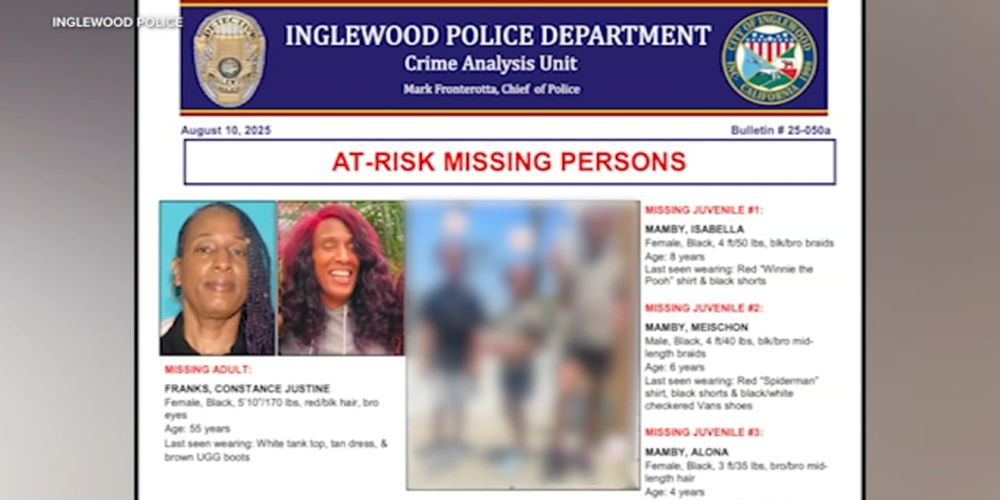Sweeping reforms to federal student loan repayment have arrived under President Trump’s administration. With new rules set to impact millions of borrowers in cities like New York, Los Angeles, Atlanta, and Chicago, understanding these changes is essential for workers nationwide. The most significant positive? An enhanced, tax-free employer student loan repayment benefit. Let’s break down the changes, examine key stats, include city-level data, and provide credible sources so you can navigate your next steps with confidence.
The State of Student Debt Across U.S. Cities
Student loan debt in the U.S. has reached historic levels, with over 43 million borrowers holding a combined balance of $1.7 trillion. The burden is felt everywhere:
-
In New York City, over 1.2 million student loan borrowers contend with high living expenses and loan balances.
-
In Los Angeles, average balances exceed $32,000, making repayment particularly challenging for young professionals.
-
Atlanta and Boston, with their high concentrations of recent graduates and young workers, also see significant monthly repayment pressures.
Data from Credit Karma highlights the student loan burden for young adults in major cities, reporting averages like $26,059 in Boston, $23,174 in San Francisco, and $21,312 in Atlanta. DC tops the nation for per-capita debt, with $54,795 per borrower and 17.2% of all residents carrying student loans.
Trump’s “One Big Beautiful Bill”: The Core Changes
President Trump’s “One Big Beautiful Bill Act” marks the most significant federal student loan overhaul in years:
-
Elimination of the SAVE Plan: The previously generous income-driven “Saving on a Valuable Education” (SAVE) plan will be phased out, following legal challenges and administration claims it was too lenient.
-
Introduction of RAP (Repayment Assistance Plan): The new RAP consolidates several repayment options. Monthly payments are set between 1% and 10% of adjusted gross income and scale upward with higher earnings.
-
New Borrowing Limits: Undergraduate borrowing limits remain unchanged, while graduate and parent loans now have stricter caps starting for new loans issued after July 2026.
-
End of Public Service Loan Forgiveness for New Borrowers: New public sector and nonprofit employees will lose access to traditional loan forgiveness options, impacting cities with high concentrations of civil servants, like DC and Sacramento.
For more details, see the Star Tribune breakdown.
The Employer Student Loan Repayment Revolution
The clear positive in this new era is the employer student loan repayment benefit.
How does it work?
Employers can now contribute up to $5,250 a year toward an employee’s student loan principal and interest — tax-free for both the employee and employer through 2025. This benefit, first made temporary under the 2020 CARES Act and extended in the Consolidated Appropriations Act, has spurred rapid adoption across industries. More companies are using this perk to recruit and retain talent, especially in competitive job markets like Austin, Chicago, Salt Lake City, and Miami.
Here’s how cities are responding:
-
In Chicago, hospitals and companies report rapid growth in employees using this benefit.
-
In Austin and Salt Lake City, tech startups are using student debt relief as a recruitment tool.
-
Law firms and hospitals in Miami are helping workers reduce balances, with some employees seeing tens of thousands shaved off their total debt.
For more information on the employer repaying benefit, explore this SoFi summary and the official IRS announcement.
Key Stats: Where the Student Debt Crisis Hits Hardest
-
New York City: Over 1.2 million borrowers, with many impacted by the new repayment caps.
-
Los Angeles County: Nearly 950,000 borrowers, average balance $32,000+.
-
Dallas-Fort Worth: Average balances around $34,000.
-
DC: Highest per-capita student loan debt—$54,795 per borrower.
-
Boston: Young borrowers average $26,059.
-
Baltimore, Detroit, St. Louis: Default rates above 15%, leading to increased risk following tighter RAP rules.
For a detailed state breakdown, check out the Visual Capitalist map.
How RAP Affects Monthly Payments
Monthly payments under RAP are income-based, ranging from 1% to 10% of adjusted gross income, with minimums set at $10. For a worker earning $45,000 in Houston, Boston, or San Francisco, this could mean payments of $150–$300 per month. High-salary borrowers in New York or DC may see even larger bills, especially as RAP phases out former payment caps.
Forgiveness remains, but is tougher to qualify for:
-
20 years for undergraduates
-
30 years for graduates
For more, see the Federal Student Aid summary.
Broader Consequences: Economic and Social Ripples
-
Home Buying: Higher monthly payments could cool real estate markets in cities like San Diego and Charlotte as young buyers reprioritize.
-
Entrepreneurship: Austin and Boulder entrepreneurs with debt may have less capital to launch startups.
-
Public Sector: Fewer robust loan forgiveness options could mean fewer Millennials and Gen Zers entering municipal or nonprofit careers, notably in Boston, DC, or Cleveland.
However, the tax-free employer repayment benefit is helping offset some of the negative impact — workers in cities like Dallas, Chicago, and San Jose are seeing thousands wiped from their balances, and employers are reporting lower turnover.
Real Stories From Across the Nation
-
Savannah, Georgia: A nurse can finally contemplate home-buying after her hospital began making $5,250 annual student loan payments.
-
Dallas, Texas: A public school teacher found relief after her district adopted the new benefit, despite higher baseline payments.
-
Chicago, Illinois: A first-time homebuyer in finance cut five years off his repayment timeline thanks to an employer contribution.
The Path Forward: An Evolving Safety Net
As more employers in Houston, Phoenix, and Seattle embrace the student loan repayment benefit, expect faster debt reduction and greater worker satisfaction. Even small businesses in Omaha and Des Moines are taking part, thanks to consortium-backed benefit programs. In cities experiencing rapid tech and healthcare growth, the benefit is quickly becoming a key recruitment and retention tool.
Conclusion: A New Era for Borrowers
The Trump administration’s student loan reform is forcing borrowers to adapt to tougher repayment terms and the end of several forgiveness programs — but the tax-free employer repayment benefit stands out as a genuine financial bright spot. For millions living in costlier metros, every dollar counts, and the path to debt-free living now has a strong new ally: the boss.
For a full breakdown of the new rules, see NPR’s official explainer and the Department of Education’s press release. And for up-to-the-minute coverage on loan forgiveness, check the White House statement.











Leave a Comment